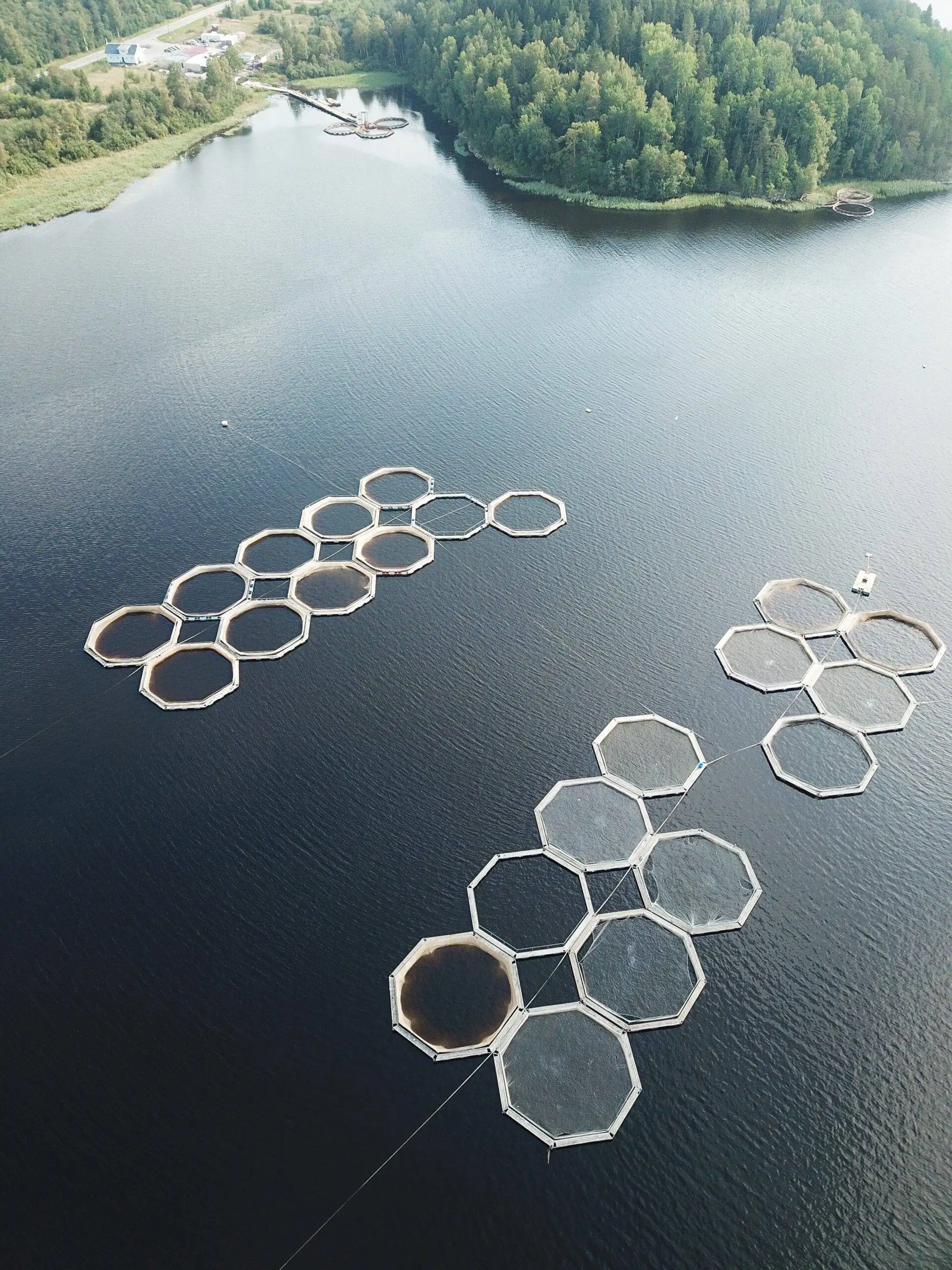Discover the top 10 aquaculture producers in the USA, driving sustainable seafood production and economic growth in the industry. Explore their diverse species cultivation and contribution to meeting seafood demand.
U.S. Aquaculture Industry Surges Ahead: Top 10 Producers Leading the Way
Executive Summary: Aquaculture, the farming of aquatic organisms, has become a significant industry in the United States, addressing the growing demand for seafood while also contributing to economic development in coastal and inland regions. This report highlights the top 10 aquaculture producers in the USA, based on various factors including production volume, species diversity, and economic impact.
- Clear Springs Foods, Inc.:
- Location: Buhl, Idaho
- Primary Species: Rainbow Trout
- Production: Clear Springs Foods is the leading producer of rainbow trout in the United States. Their state-of-the-art facilities and sustainable practices have allowed them to maintain their position as a top aquaculture producer.
- Marine Harvest USA:
- Location: Miami, Florida
- Primary Species: Atlantic Salmon
- Production: Marine Harvest USA is a subsidiary of the world’s largest salmon farming company. They produce a significant portion of the domestic Atlantic salmon supply.
- Cooke Aquaculture USA:
- Location: Blacks Harbour, New Brunswick, Canada (with operations in the USA)
- Primary Species: Atlantic Salmon, Steelhead Trout
- Production: Cooke Aquaculture, while headquartered in Canada, operates extensive aquaculture facilities in the USA, producing both salmon and steelhead trout.
- Taylor Shellfish Farms:
- Location: Shelton, Washington
- Primary Species: Shellfish (Oysters, Clams, Mussels)
- Production: Taylor Shellfish Farms specializes in shellfish cultivation, making it a key player in the bivalve aquaculture industry.
- Pacific Seafood:
- Location: Clackamas, Oregon
- Primary Species: Various (including Tilapia, Shrimp, Trout)
- Production: Pacific Seafood is a diversified seafood company with a wide range of aquaculture products, including tilapia, shrimp, and trout.
- Blue Circle Foods:
- Location: Miami, Florida
- Primary Species: Barramundi
- Production: Blue Circle Foods is known for its sustainable barramundi farming practices, contributing to the growth of this popular fish in the U.S. market.
- Eastern Fish Company:
- Location: Teaneck, New Jersey
- Primary Species: Tilapia
- Production: Eastern Fish Company is a major player in the tilapia aquaculture industry, supplying domestic and international markets.
- American Seafoods Company:
- Location: Seattle, Washington
- Primary Species: Pollock, Cod, Haddock
- Production: While primarily associated with wild-caught seafood, American Seafoods Company also participates in aquaculture, particularly in the production of cod and pollock.
- Riverence Holdings:
- Location: Idaho Falls, Idaho
- Primary Species: Steelhead Trout
- Production: Riverence Holdings is dedicated to producing high-quality steelhead trout through sustainable and environmentally responsible practices.
- Gulf Coast Seafood:
- Location: Bon Secour, Alabama
- Primary Species: Crawfish, Shrimp, Oysters
- Production: Gulf Coast Seafood focuses on crawfish, shrimp, and oyster farming, contributing to the Gulf region’s aquaculture sector.
U.S. Aquaculture Industry Conclusion
The aquaculture industry in the United States continues to grow, addressing the increasing demand for seafood and providing economic opportunities across the country. These top 10 aquaculture producers play a crucial role in shaping the industry’s future through sustainable practices, diverse species cultivation, and significant production volumes. Their contributions are not only essential for meeting domestic seafood needs but also for supporting exports and bolstering the U.S. aquaculture sector’s global competitiveness.
